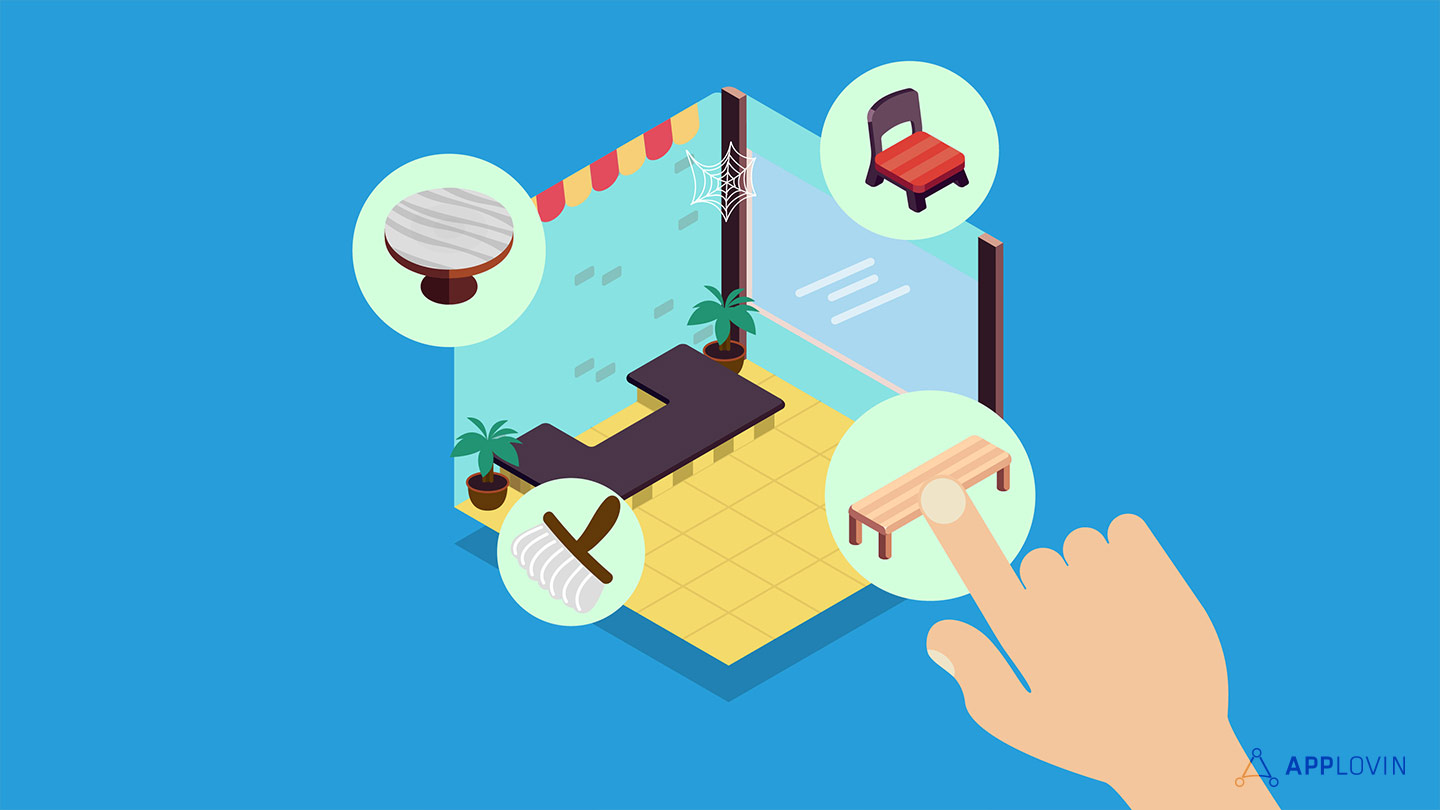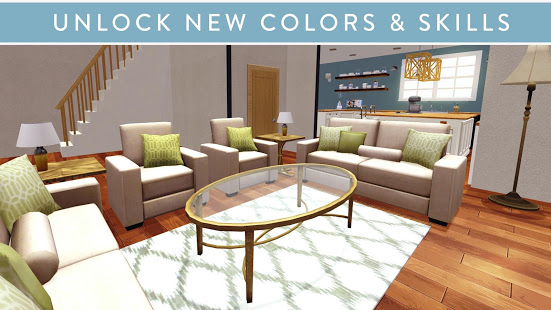Gaming, Industry News & Events
Why house design games have taken mobile gaming by storm
Mar 19, 2019

Gaming, Industry News & Events

Decorating a home sounds like an unlikely theme for a successful game, yet it’s a concept that’s taken the App Store by storm in recent years. Titles like Design Home and Home Design Makeover have given rise to a sub-section of players that get their satisfaction from interior design. It’s a far cry from more traditional game genres, and it’s set to grow even more in the future.
Currently, Glu Mobile dominates the genre with Design Home but a new Helsinki-based studio, Reworks, is keen to buck that trend with new home decoration title, Redecor. Having recently raised $1.5m in pre-seed funding, Reworks has soft-launched its game to a few different markets already.
With the house design genre heating up, here’s a deep dive into just how these games work and what makes them so appealing.
House design games are a lot like decorating one’s home in The Sims, which in turn is like playing with a child’s dollhouse. The sole aim here is to create an attractive aesthetic inside one’s virtual home. You’re given a bare room to start out along with a few options for carpets, wall coverings, couches, lamps, and so forth, and it’s down to you and your imagination to design that room.
A game like Design Home gradually offers new options the more you play. You unlock paintings, ornaments, and additional pieces of furniture in various colors and styles. Rooms are judged by other players, which players need to take into account. A high score earns you new furniture options and more opportunities to score highly later on.
Items can also be purchased with real money through in-app purchases if you want to speed up the completion of a room. These are typically low cost, so it’s tempting to simply buy digital furniture, rather than earning it. Daily design challenges further enhance that ‘just one more go’ mentality that works particularly well in all mobile games.
Crucially, these games are proudly laid back compared to other games as there’s no urgency to play or buy. There’s not even a need for fast reaction skills or puzzle solving. Instead, it’s merely about aesthetics rather than moving onto a new level or ‘completing’ a game.
The dominant force in house design games right now is Design Home. Its success is down to how it lures players through a steady trickle of new content and rewards. It also utilizes real-life brands which mean players can apply what they’ve learned about different interior design styles to their own homes.
Other games like Home Design Makeover, House Flip with Chip and Jo, and My Home – Design Dreams embrace the home decoration side of things but also introduce simple gaming elements. Match-3 levels are the focus for these games as well as basic mini-games in the case of House Flip with Chip and Jo. Both types give players the means in which to earn in-game coins to buy new furniture, but in doing so, they detract from the zen-like gameplay of Design Home.
There are spin-off style concepts too like Covet Fashion which does for fashion what these games do for home decoration. Games like Covet Fashion make it possible to dress oneself in a way that few people could afford to do in reality.
The difference between what one can afford in-game and in reality is vast, and that’s an obvious reason why house design (and fashion) games are so appealing: they work as a form of wish fulfillment. Players can be living in a small, cluttered apartment full of mismatched furniture, yet they can live out their dreams of a more idealistic looking living space.

In an era where Marie Kondo is inspiring millions to tidy up and organize their homes, games like Design Home make it easier than ever to see such results. A tidy home is a tidy mind and being able to escape instantly to a pristine virtual room is relaxing. With no expectations, players are encouraged to explore and experiment.
House design games are also educational. Players learn how to put together a room without having to spend real money to find out. It also works as a way to provide inspiration for those that can afford to redesign their real-life homes. Design Home, for instance, allows players to shop directly through the app so they can create their vision for a room in-game before actually implementing it in real life.
With over 2.2 million followers on Facebook, Design Home isn’t going anywhere any time soon especially with other promising games like Redecor, which add a mini-game mechanic to decoration. For house design games, maintaining a strong social community will be key for increasing retention. Design Home‘s voting system is the perfect way of tapping into one’s desire for community.
The house design genre has risen from the uncertainty of the world we live in. With many people struggling to make ends meet, house design games offer an opportunity to dream. House design games provide a form of wish fulfillment that’s free or inexpensive. Players can still achieve their materialistic goals, albeit in virtual form. It’s a relaxing form of escapism and one that’s unlikely to lose popularity any time soon.